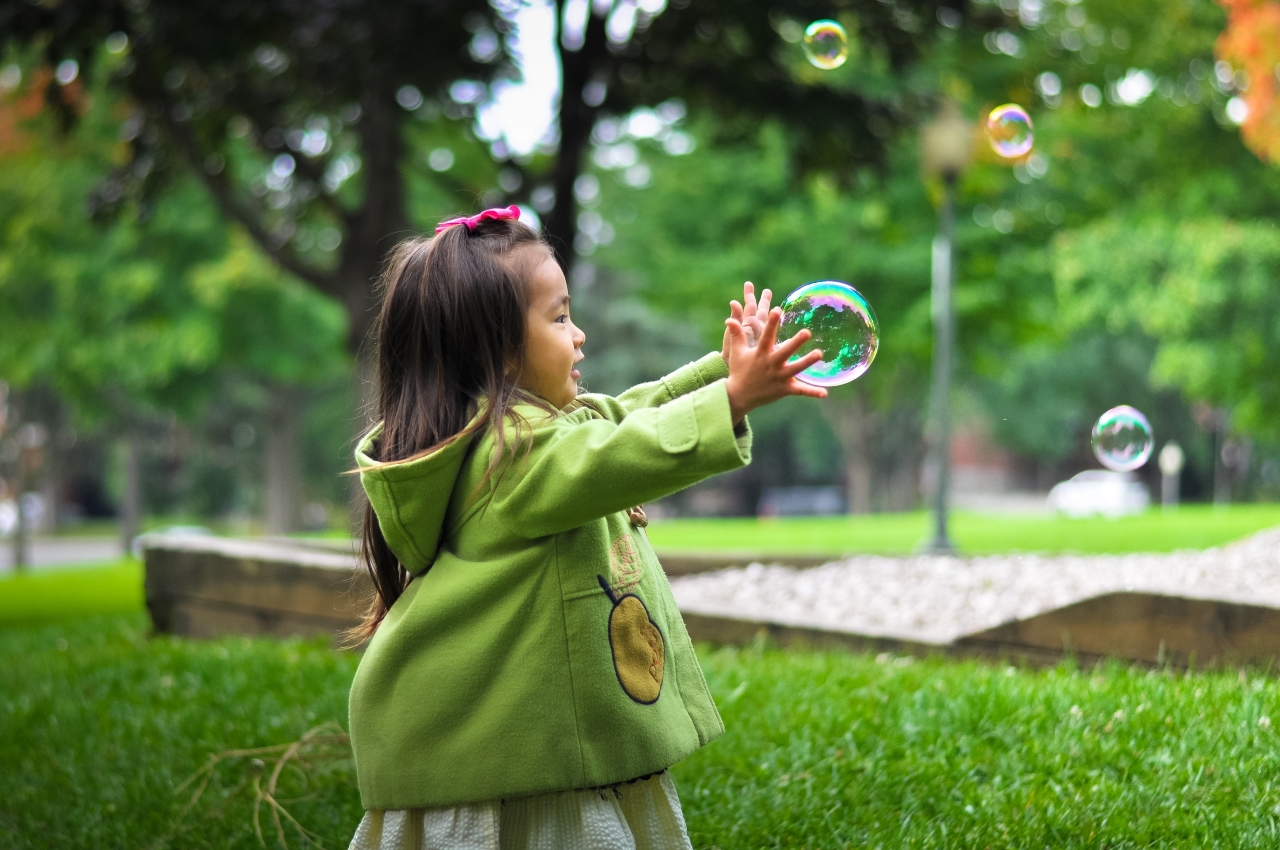Most parents know the cognitive, emotional, and physical benefits of installing their own backyard playground. Playing out in the backyard promotes self-esteem, decreases the risk of depression, and reduces the chance of health problems such as obesity, high blood pressure, elevated blood cholesterol, and type 2 diabetes. However, what you may not know is that while you're boosting your child's health, you're diminishing the health of the environment. Many playgrounds are made of plastic and 91 percent of this plastic is never recycled. This plastic then heads to landfills where it takes over 400 years to degrade. An eco-friendly playground can diminish the negative impact on Mother Nature, and it can also provide benefits to your child.
According to a recent study, only 16 percent of children playing on a traditional playground were engaged in moderate to vigorous activity. However, when the playground was replaced with natural and recycled structures, the number increased to 40 percent. Therefore, if you want to protect the environment as well as your children, you should switch to an environmentally-friendly playground.
Use recyclable materials for equipment
A lot of playground equipment fills landfills with materials that don’t degrade naturally. Therefore, you should look for equipment that can be built from recyclable steel and aluminum. These metals have an extremely high recovery rate and when recycled, require 95 percent less energy. You can also use recycled plastic or wood for equipment such as swing sets. They are readily available in stores, but you need to make sure you read all the equipment descriptions before making a purchase. For the flooring, try reused tires as they provide soft, bouncy covering in case your children fall and can help make your home environment greener.
Opt for natural dirt instead of sandboxes
Sandboxes are the iconic play toy for children. However, a study at NYU Langone Medical Center found that sand can bring in toxins that are dangerous to the environment as well as your child. Play sand contains a mineral called tremolite, which is related to asbestos. Prolonged exposure can cause respiratory irritation and increased risk of tumors while also infecting natural rocks and sediments in your yard. Therefore, you should opt for dirt instead of sand in your backyard. Although it may seem less hygienic, it is natural for both your child and the environment. You can encourage your kid to hunt for worms or create mud sculptures. This will boost their creativity, help improve their self-confidence, and teach them how to build something out of absolutely nothing.
Fill your child’s playground with flowers
Flowers will make your backyard pop with color. These colors are not only attractive to our eyes, but it’s also attractive to friendly bugs such as butterflies and ladybugs. Butterflies help to pollinate your garden and ladybugs can help to feed on destructive pests. They’re also fun for your children to play with. Your child can keep a log of all the animals that come into their playground and share with their friends and family. This will improve their social skills, teach them about biology, and provide them with great insights into wildlife conservation. However, you need to make sure you’re planting the right plants. Fill the playground area with native plants like milkweed, catmint, lavender, and zinnias, or Brazilian verbena for butterflies. For ladybugs, you can lure them in with herbs like garlic, dill, cilantro, and parsley.
It is important that we consider the environment when we add modifications to our home. With these tips, you can build a playground in your backyard that is fun and safe for your child as well as the environment.
